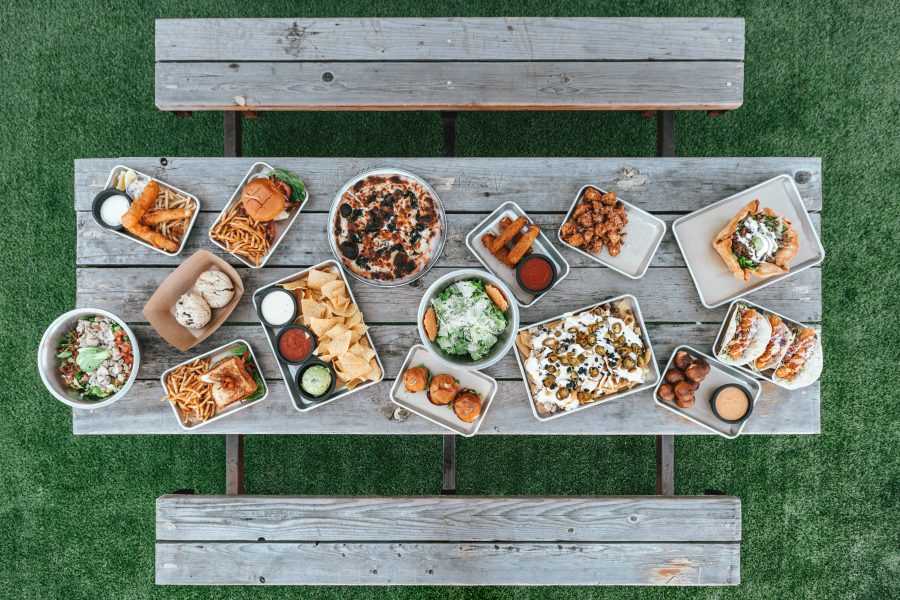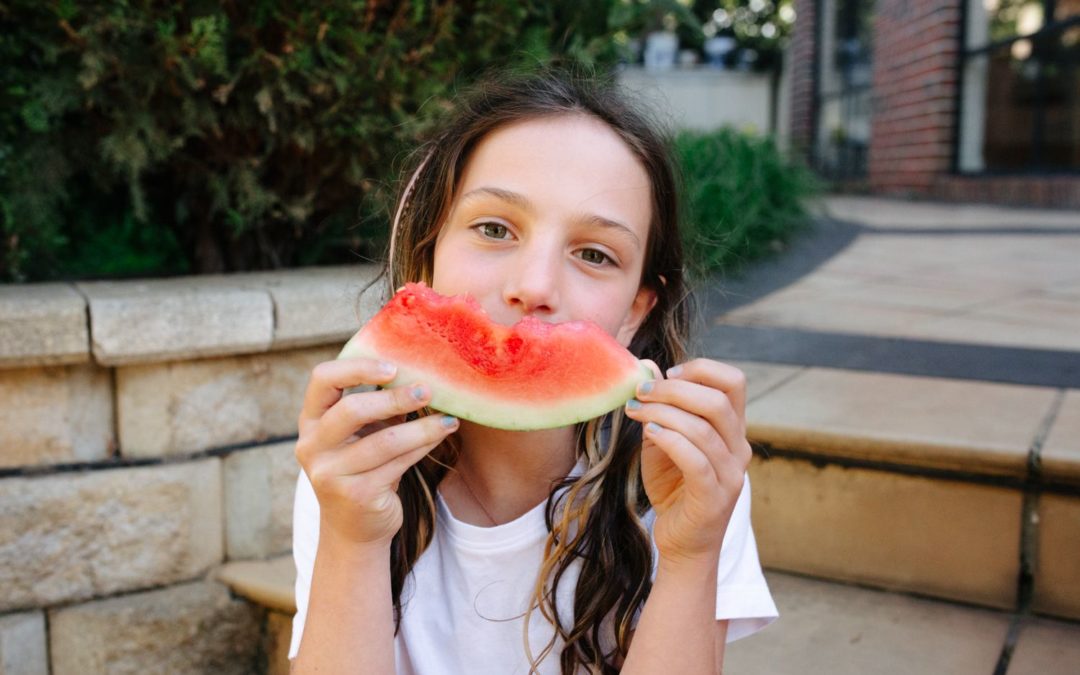In today’s society, we often see people being quite self critical when things don’t go quite the way they planned. Many people start to speak negatively towards themselves if they think they have not performed a task as well as they would have liked to, or are not happy with the way they look in the mirror. We often find ourselves comparing ourselves to others, including people on social media. This sort of negative self talk is not healthy for you or the people around you, including your children. While these kinds of thoughts are not easy to change,the way you speak to yourself can really impact how you act in your everyday life. Here at Foost, we like to share some of our self talk language swap tips:
What I used to think: My arms are so flabby
What I try to think: Today my arms hugged my daughter, cooked for my family and drove the kids to school
Having a positive or neutral (or at least less negative) relationship with your body is super important. However, achieving this does not just happen overnight, it takes time and patience. A good place to start is by thinking about how your body serves you everyday, rather than how it looks. For example, your arms look after your children, give them hugs, cook for your family, allow you to exercise and get your everyday tasks done. Positive body talk is also good to role model to children especially as their bodies go through changes when they’re growing.
What I used to think: Well I am not going to buy pumpkin cause I know the kids don’t eat it
What I do now: Cook and serve the pumpkin in different ways. Hopefully they will learn to like it and in the meantime I will enjoy it
We often think ‘my child doesn’t eat that veggie or fruit, so I won’t buy it anymore’ because it can be very discouraging to continue buying a food item when you believe they won’t want to eat it. But, having no exposure to that fruit or veggie will not allow any opportunities for your child to eventually like them. So, it’s important to keep buying different fruit or veggies (especially ones you like) and serving it to them in different ways (without pressuring them to have it). You and your children may be surprised to know that they may end up liking a particular vegetable cooked in a particular way, and given enough time.
What I used to think: Geez… did you see Jenny’s lunch today on Instagram? Jenny’s mum is super but I suppose she doesn’t work as long hours as me.
What I do now: Pack my child’s lunch-box and un-follow ‘Jenny’s Lunch’
In a world full of social media, it is so so easy to get caught up in everyone’s lives and start comparing your life to theirs. Remember, there is no ‘right way’ of eating, and people eat in different ways which is completely okay. So, it is important that you follow pages that contribute to having a positive mindset not a negative one. The only cleanse I support, is a soical media one. So surround yourself, both physically and digitally with people that insipre you. Jenny’s Lunch is probably an awesome page for others, but it might not be the right fit for you right now.
What I used to think: My kid eats no vegetables
What is actually true: They eat cucumber, potato chips, carrot and zucchini (in bolognese) and pumpkin (in soup), also watermelon and strawberries.
We can sometimes be so focused on what our kids ‘don’t’ eat and forget about what they do eat! While they may not be hitting all colours of the rainbow, they may still be eating some vegetables which is a great start! A more positive way to look at it may be to think hey, they already eat these vegetables, but they are still learning to like others.
What I used to think: Ah, no-one is eating what I made, what a failure
Replacement though: Mmm… this meal is delicious and everyone gets to see me really enjoying this meal. Bonus is, there will be some left for my lunch tomorrow.
It can be disheartening when you make a meal and your child either does not eat it or did not enjoy it. Learning to like and enjoy different foods takes time, so it is important to not get offended if your kids don’t eat the food you made. It is important that mealtimes remain a positive environment for you and your children. So, if your children are watching you eat and enjoy the meal while they pick at a side, this creates a positive exposure to that meal. (Remeber to always have a safe side, like some plain rice or pasta on the side when serving more challenging meals).
What I used to think: Oh no, she’s barely eaten anything. Shall I give her some cereal?
What I do now: Enjoy my dinner and try to keep the mealtime enjoyable. I know there are some safe foods on the table for her
It is important that you are providing your children with food at regular intervals, however it is up to your child how much of it they choose to eat. At mealtimes, if you are providing your children with foods that you know they will like in conjunction with some new foods, this will allow them to choose how much they want to eat of each item from that meal. Offering your child alternative options to foods they don’t like/eat after dinner will teach them that no eating will result in receiving other food later. It’s important that you trust your child and not monitor how many bites of their food they are having, so that mealtimes remain a positive environment. A positive environment will make children feel like they are in a safe and comfortable space, where they are most likely to try new foods.
Which swap resonated with you the most?










